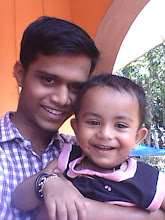JOB DESIGN
Job
design is defined as the process of deciding on the content of a job in terms
of its duties and responsibilities; on the methods to be used in carrying out
the job, in terms of techniques, systems and procedures and on the relationships that should exist between the
job holder and his superiors, subordinates and colleagues.
Goals
of Job Design
• To meet the organizational
requirements such as higher productivity, operational efficiency, quality of
product/service etc.
• To satisfy the needs of the
individual employees like interests, challenge, achievement or accomplishment,
etc.
To integrate the needs of the
individual with the organizational requirements
Approaches
to Job Design
.
Engineering Approach
2. Human
approach
3. The
Job Characteristic Approach
Engineering
Approach (F.W.Taylor, 1911)
• Work should be scientifically
studied.
• Work should be arranged so that
workers can be efficient
• Employees selected for work
should be matched to the demands of the job
• Employees should be trained to
perform the job
• Monetary compensation should be
used to reward successful performance of the job
Human
Approach (Herzberg)
• Motivators like achievement,
recognition, work itself, responsibility, advancement and growth
• Hygienic factors like working
conditions, organizational policies, inter-personal relations, pay and job
security
• Laid emphasis on the
psychological needs of employees in designing jobs
The
Job Characteristic Approach (Hackman and Oldham)
• Skill variety
• Task identity
• Task significance
• Autonomy
• feedback
Job
Design Options
• Job Rotation : Movement of an employee from
one job to another
• Job Enlargement: Adding more and different tasks
to a specialized job to provide greater variety. This is called horizontal job
loading






0 comments:
Post a Comment